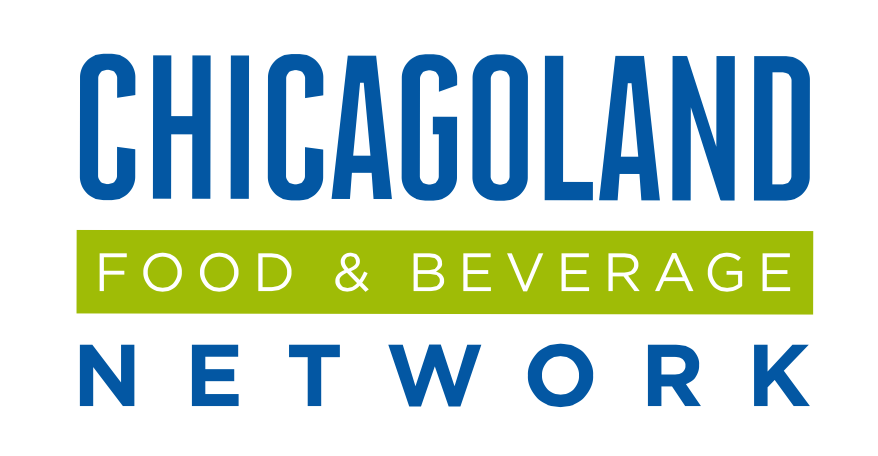
Organizer: Chicagoland Food & Beverage Network (CFBN)
Location: Illinois Tech's Chicago-Kent College of Law
The Chicagoland Food & Beverage Network recently convened a session to unpack the rapidly evolving and controversial topic of Ultra-Processed Foods (UPFs). Moderated by CFBN Executive Director Alan Reed, the panel of experts addressed the core definitional challenges, emerging regulatory pathways, and the essential role of scientific rigor in shaping the industry's response to consumer scrutiny and policy discussions. The consensus of the event highlighted that the industry must shift its focus from debating the definition of "processed" to prioritizing nutrient density, affordability, and safety. Further, the importance of the food & beverage industry communicating with and educating consumers was clear.
Wendelyn Jones, Executive Director of IAFNS (Advancing Food and Nutrition Science) established the complexity of the debate, emphasizing the lack of a single, universal definition for UPFs. While the NOVA classification is the most commonly cited framework, Jones noted that depending on which system is used, the same food could be labeled as simply processed, highly processed, or ultra-processed. This ambiguity is why both the FDA and USDA are currently collecting public comments, signaling that clarity in processing terminology will take time.
Jones introduced IAFNS's nine research principles designed to bring rigor to the UPF debate, emphasizing the need for consistency, clarity, and evidence over assumption. She stressed the importance of context in nutrition science, noting a key principle: "just because you can see an effect at a high dose doesn't mean you'll see it at a low dose." This scientific approach encourages stakeholders to apply the same scientific discipline to processing as they do to food safety, ensuring that industry strategies are grounded in reliable data.
Panelist Janet Helm underscored this point, cautioning that "painting all processing with the same broad brush oversimplifies a complex food system" and firmly stated that "not all ultra-processed foods are created equal."
Consumer Perception and Transparency
The discussion emphasized the crucial role of consumer perception and communication. Dylan Bailey, Vice President of Nutrition Affairs for Ketchum, shared research highlighting consumer attitudes, specifically noting that a substantial 67% of surveyed consumers indicated that transparency from food producers around UPFs was a "need" rather than a "want." Bailey also highlighted the growing trend of consumers relying on AI-generated summaries from search engines and social media for their nutrition information, making it even more vital for industry to provide clear, trusted, and science-backed data.
Adding to this perspective, Charlotte Allen, CEO of Rebel Success for Leaders, urged companies to view the current environment as an opportunity to change the narrative: " (In the food science
community) We’re notoriously terrible at naming our processes in the food industry. Maybe we need to ask consumers how they’d like us to talk about what we do." Allen explained that this moment should be used to reframe thinking around UPFs.
Focusing on the regulatory horizon, Attorney Eric Greenberg provided a clear warning about the expected patchwork of legislation. Greenberg cautioned that early regulatory activity is highly likely to emerge at the state level or through federal programming—such as school meal guidelines and SNAP eligibility—well before any unified, national definition is finalized. Furthermore, he flagged the rise of voluntary "non-UPF verified" seals, noting that these consumer-facing initiatives, driven by consumer perception, may ultimately influence the market more quickly and profoundly than government regulation. Greenberg ultimately concluded that consumer opinion and voluntary industry standards, rather than top-down legislative action, will be the true drivers of change.
Industry's Moment to Lead
The session concluded with an encouraging call to action. Wendy Davidson, CEO and Board Director representing several CPG brands, captured the sentiment by stating, "In my 30 years of the industry, I don't think there's a better time to be in food. This is our time as an industry to rise to the occasion... and really shape what the future [holds]."
Overall, the panelists agreed that the most productive path forward for the food and beverage industry is to refocus on the foundational elements of nutrition, safety, and trust.
